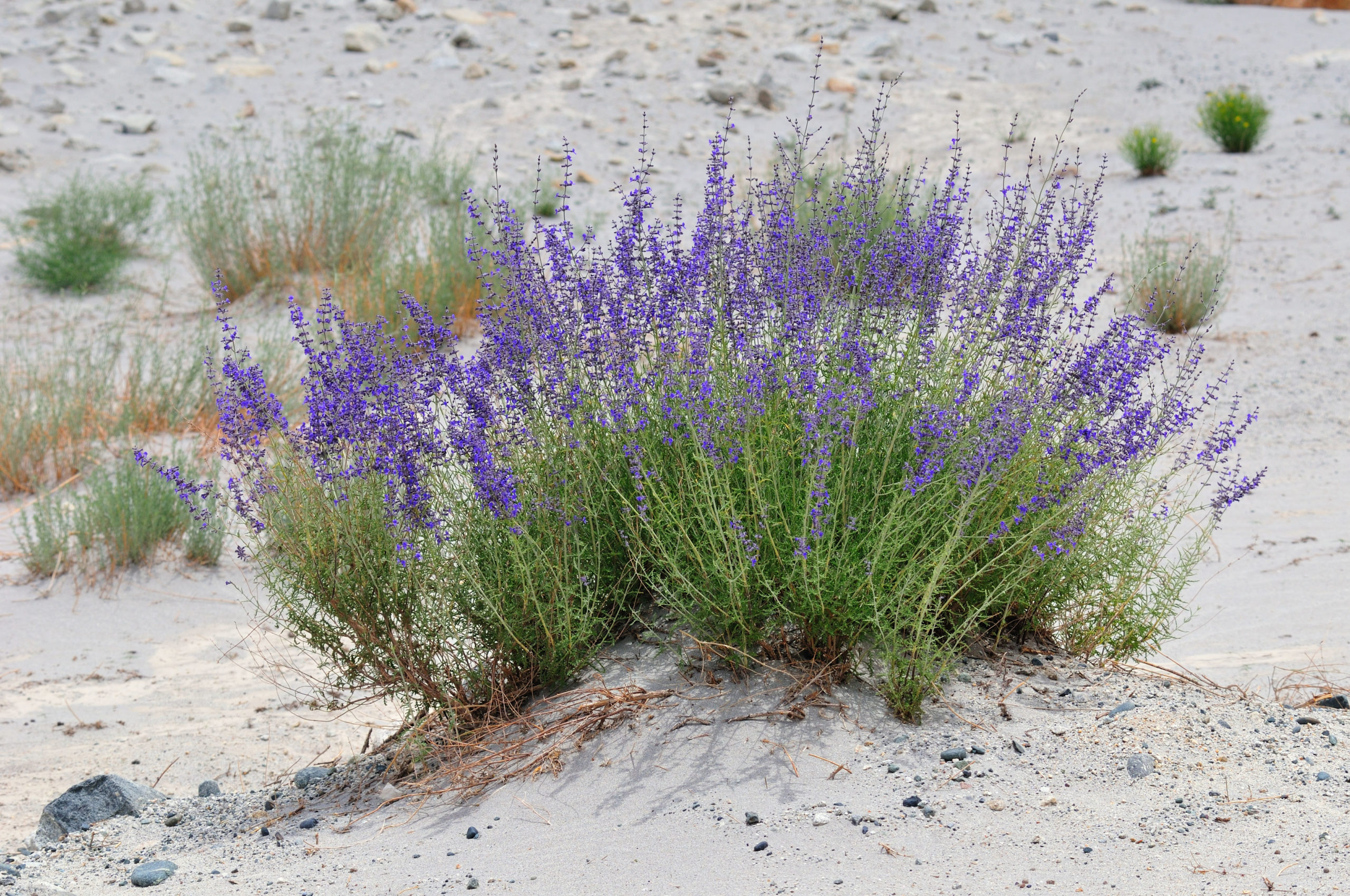Himachal farmers switch to aromatic plants
Erratic weather conditions have made some farmers across the Himalayan state switch to aromatic plant cultivation to boost incomes.
Pawan, a farmer from Himachal Pradesh has become a role model for most farmers in the region in the district after he switched from traditional crops to aromatic crops. He earns a phenomenal USD 1680 per hectare which is roughly five times what he would earn from maize cultivation, according to DownToEarth, a web magazine.
Since 2017, close to 700 hectares have been brought under the cultivation of aromatic plants such as wild marigold in Himachal Pradesh.
Aromatic plants are more resistant, less prone to pests with a huge demand in perfume, condiment and flavouring industries yield higher revenues per acre to the farmer, as compared to the cereals or other traditional crops cultivated in the state. For examples, the production of marigold in the country is not enough to meet the demand and hence India imports the flower from Australia, France, and Brazil.
The profit of cultivating aromatic plants are clear, in just three years, the initial batch of 861 farmers that cultivated marigold in the state have earned INR56 million (USD 800,000). Besides the monetary gain, the state also gained ecologically from this cultivation as most of the land used for growing marigold was wasteland or unproductive farmland. The success of these farmers has since attracted many others to join in and last year, Himachal Pradesh produced 7.6 tonnes of essential oils from wild marigold alone. The phenomenon is no longer restricted to Himachal Pradesh. The fragrance of higher revenues from aromatic plants has caught the fancy of small farmers living in the high altitude villages in the neighbouring cold arid region of Ladakh as well. Tapping in on the growing interest among farmers, Ladakh Farmer and Producer Cooperative Limited (LFPCL), in 2019 signed a pact with the Council of Scientific and Industrial Research (CSIR), the primary scientific and research organisation of the federal government, as well as the Institute of Himalayan Bioresource Technology (IHBT), a Palampur-based lab, for the cultivation of several aromatic crops like lavender and damask rose, besides marigold. Ladakh receives little or no rainfall and the union territory does not have well-developed irrigation and hence cultivating water-consuming crops is a challenge, but the terrain is ideal for aromatic crops.
Now, a processing unit to churn out essential oils from these crops is being set up by CSIR-IHBT in Ranbirpura, Leh and in Thiksay. IHBT also took the initiative to train the farmers and also set up 16 distillation units in Himachal Pradesh that are operated by farmers’ cooperatives. The CSIR has started the Aroma Mission, under which it plans to expand cultivation of essential oil yielding crops to 5500 hectares all over India by 2022.
The Indian Institute of Integrative Medicine in Jammu has been promoting lavender and aromatic plants like rosemary, geranium and clary sage as the oils from these plants are highly sought after by perfumery and cosmetics industry. Also, globally, the market is projected to grow at nearly 9 pc up to 2025, according to Fortune Business Insight, a market research company.













